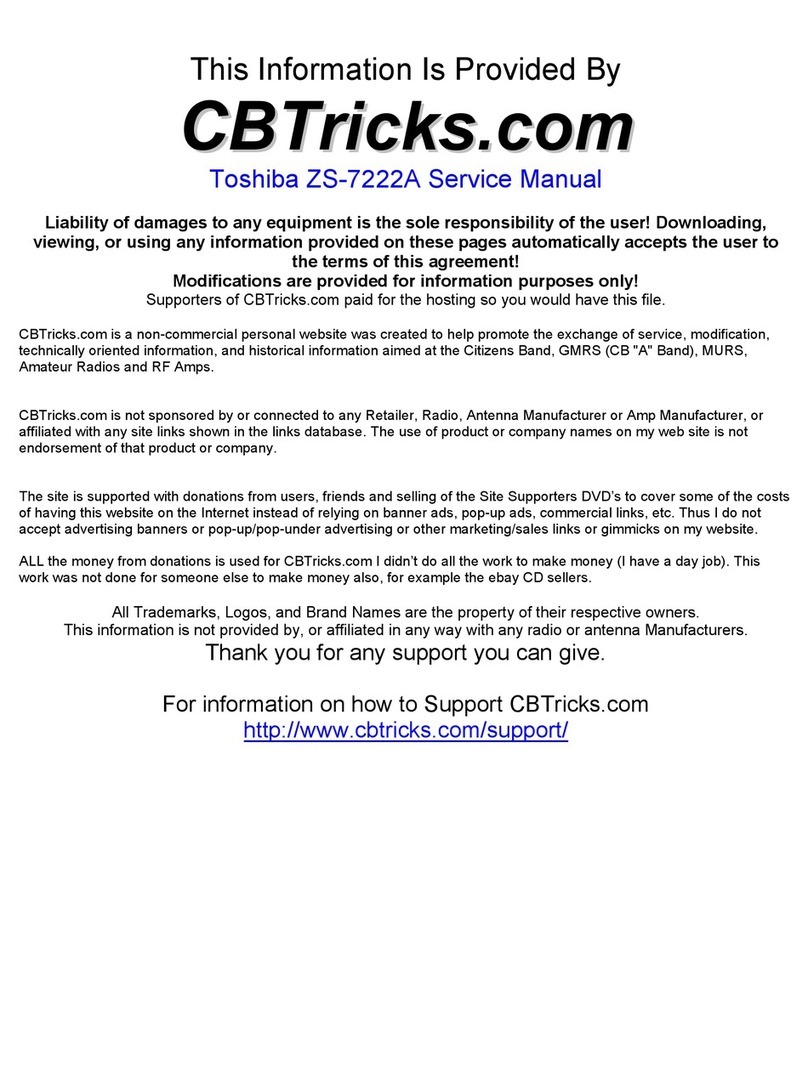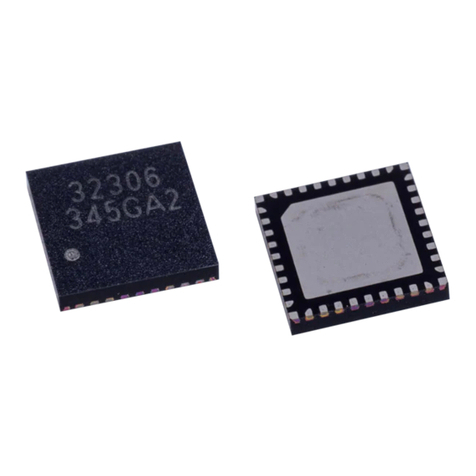
4 NetPac Wireless System
may result in serious injury, severe property and equipment
damage, or loss of life if safe procedures or methods are not
followed as outlined in this guide.
Qualified Personnel
Installation, operation, maintenance, and disposal are to be
performed by Qualified Personnel only. A qualified person is
one that has the skills and knowledge relating to the construction,
installation, operation, and maintenance of the electrical
equipment and has received safety training on the hazards
involved (refer to the latest edition of NFPA 70E for additional
safety requirements).
Qualified Personnel shall:
• Have carefully read and understood all of the user directions
that are contained in this guide and the installation and
operation manual of the ASD being utilized.
• Be familiar with the construction and function of the ASD,
the equipment being utilized, and the hazards involved.
• Be able to recognize and properly address hazards associated
with the application of motor-driven equipment.
• Be trained and authorized to safely energize, de-energize,
ground, lock out/tagout circuits and equipment, and clear
faults in accordance with established safety practices.
• Be trained in the proper care and use of protective equipment
such as safety shoes, rubber gloves, hard hats, safety glasses,
face shields, flash clothing, etc., in accordance with
established safety practices.
For additional information on workplace safety, visit
www.osha.gov.
Equipment Inspection
• Upon receipt of the equipment inspect the packaging and
equipment for shipping damage.





























